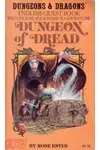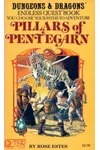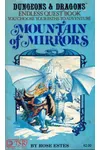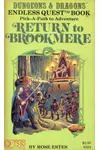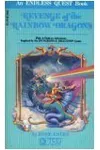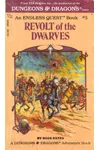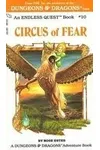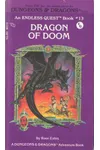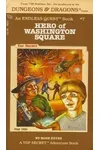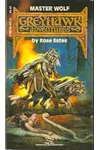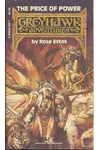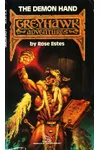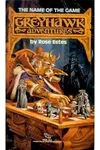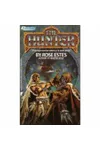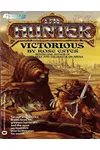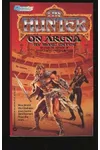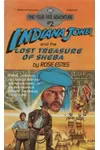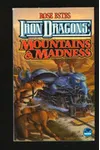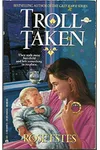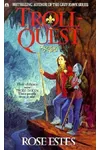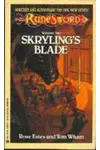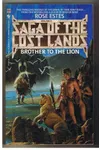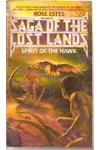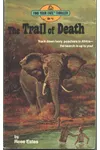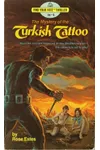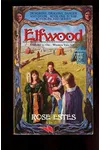Picture a storyteller who spun fantastical worlds where readers could choose their own paths—meet Rose Estes! This American author transformed fantasy literature in the 1980s with her groundbreaking work on the Dungeons & Dragons Endless Quest series. Estes didn’t just write stories; she invited young readers to become heroes, blending immersive gaming with the magic of books.
From her early days as a voracious reader to her pivotal role at TSR, Estes’s journey is a testament to creativity and resilience. Her choose-your-own-adventure gamebooks and Greyhawk novels captivated generations, proving that interactive storytelling could spark a lifelong love for reading.
The Making of Rose Estes
Born with a passion for stories, Rose Estes began reading at age two, her imagination already crafting fantastical realms. Before becoming a celebrated author, she wore many hats—hippie, student, newspaper reporter, and advertising copywriter. Her diverse experiences shaped her unique voice, blending vivid imagery with accessible prose. Joining Tactical Studies Rules (TSR) in the late 1970s, Estes found her calling amidst the rising popularity of Dungeons & Dragons, where she pitched the revolutionary idea for the Endless Quest series.
Rose Estes’s Unforgettable Stories
Estes’s brainchild, the Endless Quest series, debuted with Dungeon of Dread (1982), a choose-your-own-adventure gamebook that thrust readers into the role of Caric, a brave knight navigating a monster-filled dungeon. The series, with Estes penning the first six titles, including Mountain of Mirrors and Return to Brookmere, became a bestseller, staying on lists for over six months. Her interactive format let readers make choices—fight the wizard or flee the basilisk—making each book a thrilling, replayable adventure.
After her success with gamebooks, Estes transitioned to full-length novels, starting with Children of the Dragon (1985), a fantasy tale of three children facing alien civilizations and baby dragons. Her work on the Greyhawk Adventures series, beginning with Master Wolf (1987), expanded the Dungeons & Dragons universe, though some fans debated her divergence from Gary Gygax’s original lore. Estes’s style, marked by fast-paced plots and relatable characters, resonated with young readers, bridging traditional novels and role-playing games.
Estes also explored original worlds in series like Saga of the Lost Lands, with titles like Blood of the Tiger (1987), showcasing her ability to craft immersive fantasy settings. Her versatility shone in non-D&D works, such as Indiana Jones and the Lost Treasure of Sheba (1984), blending adventure with her signature interactive flair.
Why Rose Estes Matters
Rose Estes’s impact on fantasy literature is undeniable. Her Endless Quest series introduced countless children to reading and role-playing, making complex D&D worlds accessible through engaging, interactive stories. By empowering readers to shape narratives, she bridged gaming and literature, inspiring future authors and game designers. Despite a 1995 car accident that caused aphasia, Estes’s resilience allowed her to continue writing, leaving a legacy of creativity and determination.
Her work remains a nostalgic touchstone for fans and a gateway for new readers. Estes’s ability to craft stories that feel personal and participatory continues to influence interactive storytelling in books, games, and beyond.
- Born: Early reader by age two, exact birth date unavailable
- Key Works: Dungeon of Dread (1982), Children of the Dragon (1985), Master Wolf (1987)
- Awards: Inducted into the Academy of Adventure Gaming Arts and Design Hall of Fame (2022)
Ready to embark on a choose-your-own-adventure journey? Snag Dungeon of Dread and dive into Rose Estes’s thrilling fantasy worlds!
